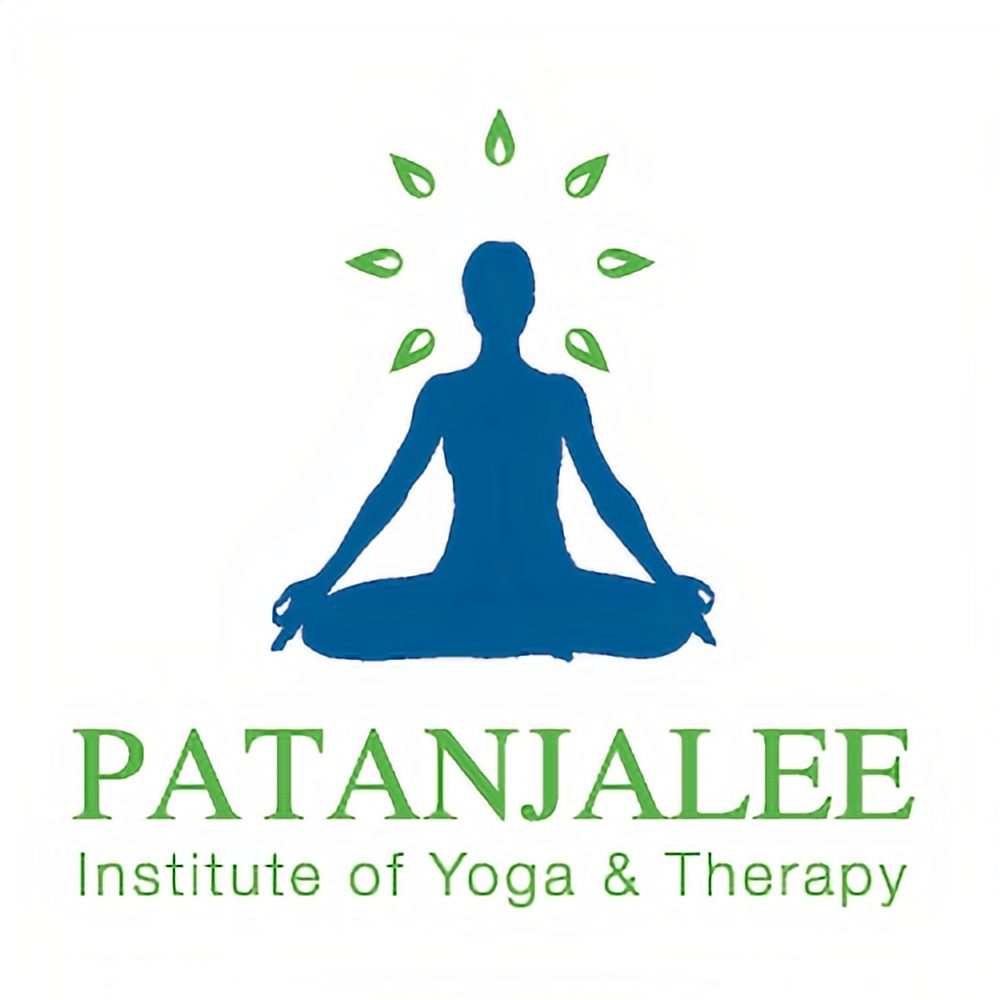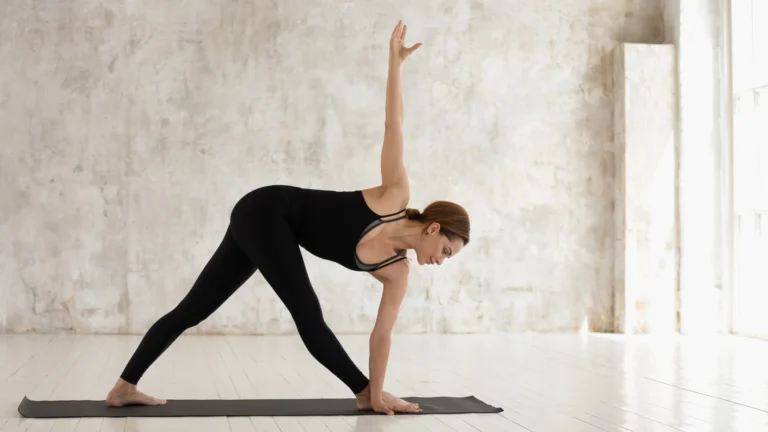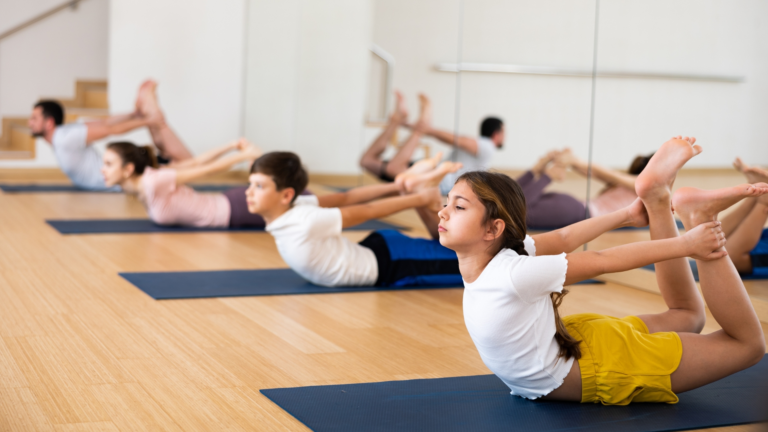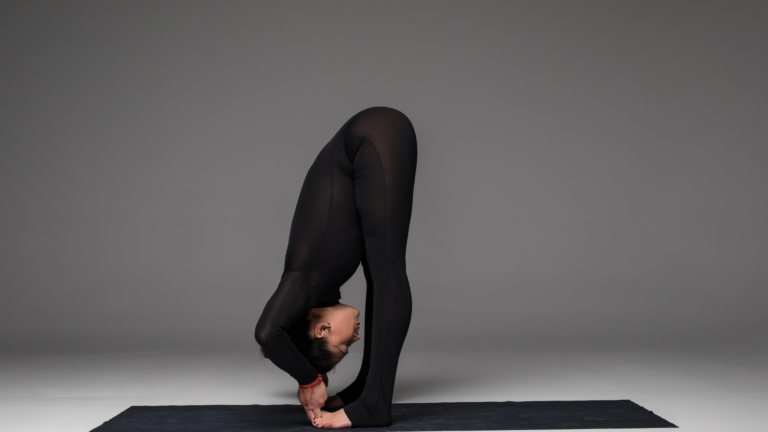Chakrasana – Wheel Pose | Steps, Benefits, Cautions
As one delves into the expansive realm of yoga, they encounter a diverse array of poses, each offering its own blend of physical and spiritual benefits. Among these, Chakrasana, known as the Wheel Pose, emerges as a captivating symbol of strength, flexibility, and inner transformation. Chakrasana, also known as the Wheel Pose, is a powerful backbend in yoga that offers a range of physical, mental, and emotional benefits. In this blog, we embark on a journey to understand the essence of Chakrasana, exploring its origins, and uncovering its profound impact on the body, mind, and soul.
Origins and Meaning
Understanding Chakrasana requires a deep dive into its linguistic and philosophical origins. The term “Chakrasana” originates from Sanskrit, blending “cakra,” meaning wheel, with “asana,” signifying posture or seat. This linguistic breakdown provides insight into the pose’s form – a graceful arch resembling the wheel of life.
In traditional yoga philosophy, the wheel embodies notions of movement, transformation, and the cyclical essence of existence. It symbolizes the perpetual flow of energy, the interconnectedness of all living beings, and the quest for self-realization. Engaging in Chakrasana aligns practitioners with this universal rhythm, fostering a connection to inner strength and vitality. The longest duration for holding the Chakrasana yoga pose is 2 minutes .
Steps to Perform Chakrasana

Preparation
Before diving into Chakrasana, it is crucial to prepare the body with proper warm-up exercises. These might include:
- Cat-Cow Stretches: To mobilize the spine and warm up the back muscles.
- Bridge Pose (Setu Bandhasana): To open the chest and engage the lower back muscles.
- Standing Forward Bend (Uttanasana): To stretch the hamstrings and lower back.
- Supine Spinal Twist (Supta Matsyendrasana): To loosen the spine and prepare it for deeper backbends.
Steps to Perform Chakrasana
- Lie Down: Start by lying on your back on a yoga mat. Keep your arms by your sides and feet hip-width apart.
- Bend Your Knees: Draw your feet closer to your buttocks so that your knees are bent, and your feet are flat on the ground. Ensure that your feet are parallel to each other.
- Place Your Hands: Bend your elbows and place your palms beside your ears, with fingers pointing towards your shoulders. Your elbows should be shoulder-width apart.
- Lift Your Hips: Press your feet firmly into the ground and lift your hips towards the ceiling. This is similar to the Bridge Pose.
- Lift Your Head and Shoulders: Once your hips are lifted, press your palms into the mat and lift your head and shoulders off the ground. Your head should gently rest on the mat, with the crown of your head touching the ground.
- Fully Extend into the Wheel: With a strong push through your palms and feet, lift your entire body off the ground, forming an arch. Straighten your arms and legs as much as possible, allowing your chest to open fully.
- Hold the Pose: Maintain the pose for 5-10 breaths, ensuring deep and steady breathing. Focus on the stretch and the lift in your spine and chest.
- Come Down Safely: To release the pose, gently bend your arms and legs, lowering your body back to the ground. Rest in Savasana (Corpse Pose) to allow your body to relax and integrate the benefits of the backbend.
Modifications and Variations
- Supported Wheel Pose: If you are new to Chakrasana or have limited flexibility, you can perform a supported version by placing blocks under your hands for additional height and support.
- Half Wheel Pose: Instead of lifting your entire body, you can perform a half version by lifting your hips and chest, keeping your head on the ground. This is a good intermediate step.
- One-Legged Wheel Pose: For advanced practitioners, you can increase the challenge by lifting one leg off the ground while in the full wheel position. This enhances balance and strength.

To explore more about other asanas, check out our blog, “ Pada Hastasana – Forward Fold Pose | Steps, Benefits, Cautions .”
Benefits of Chakrasana
Here are some of the physical, emotional and therapeutic benefits of Cakasana.
Physical Benefits
- Spinal Flexibility: Chakrasana stretches and strengthens the spine, enhancing its flexibility and reducing stiffness. This is particularly beneficial for those who spend long hours sitting. Enroll in online yoga classes for flexibility to practice Chakrasana and improve your overall flexibility.
- Strengthens Muscles: This pose engages various muscle groups, including the arms, shoulders, legs, and back. Regular practice helps build overall body strength.
- Opens the Chest and Shoulders: The deep backbend opens the chest and shoulders, improving posture and counteracting the effects of slouching and poor alignment.
- Enhances Lung Capacity: By expanding the chest and lungs, Chakrasana improves respiratory function and increases lung capacity, aiding in better breathing.
- Stimulates the Thyroid and Pituitary Glands: The intense stretch and inversion stimulate the thyroid and pituitary glands, promoting hormonal balance and metabolism.
- Improves Digestion: The pose massages the abdominal organs, aiding in better digestion and alleviating issues like constipation and bloating.
Mental and Emotional Benefits
- Boosts Energy Levels: The invigorating nature of Chakrasana helps combat fatigue and boosts overall energy levels, leaving you feeling revitalized.
- Reduces Stress and Anxiety: The deep backbend helps release tension stored in the body, promoting relaxation and reducing stress and anxiety levels.
- Enhances Mood: The pose stimulates the nervous system and releases endorphins, enhancing mood and promoting a sense of well-being.
- Improves Focus and Concentration: By encouraging deep breathing and mindfulness, Chakrasana helps improve mental clarity, focus, and concentration.
- Builds Confidence: The physical challenge of the pose and the sense of accomplishment upon mastering it can significantly boost self-confidence and self-esteem.
Therapeutic Benefits

- Relieves Back Pain: For those suffering from mild to moderate back pain, Chakrasana can help alleviate discomfort by stretching and strengthening the back muscles.
- Alleviates Respiratory Issues: By expanding the chest and improving lung capacity, this pose can be beneficial for individuals with respiratory issues such as asthma.
- Supports Reproductive Health: The pose stimulates the reproductive organs, promoting better reproductive health and aiding in issues such as menstrual discomfort.
Cautions and Contraindications
While Chakrasana offers numerous benefits, it is important to approach the pose with caution, especially for beginners and individuals with certain medical conditions.
Who Should Avoid Chakrasana
- Back or Neck Injuries: Individuals with serious back or neck injuries should avoid this pose as it places significant stress on the spine.
- High Blood Pressure: The inversion and intense stretch can exacerbate high blood pressure, making it unsafe for individuals with this condition.
- Heart Conditions: Those with heart conditions should refrain from practicing Chakrasana due to the strain it can place on the cardiovascular system.
- Carpal Tunnel Syndrome: The pose requires strong wrist engagement, which can be problematic for individuals with carpal tunnel syndrome.
- Headaches or Migraines: The inversion can increase pressure in the head, potentially triggering or worsening headaches and migraines.
- Pregnancy: Pregnant women should avoid Chakrasana, particularly in the later stages, due to the intense abdominal stretch and risk of overexertion.
Precautions for Practicing Chakrasana
- Warm-Up Thoroughly: Ensure your body is adequately warmed up before attempting Chakrasana to prevent injuries. Focus on stretches that open the spine, hips, and shoulders.
- Listen to Your Body: Avoid pushing your body beyond its limits. If you experience pain or discomfort, ease out of the pose and rest.
- Use Props if Needed: Don’t hesitate to use yoga props such as blocks or straps to support your practice and maintain proper alignment.
- Avoid Straining the Neck: Ensure your neck is supported and avoid putting excessive pressure on it. Keep your gaze directed towards the ceiling or slightly back.
- Breathe Deeply and Steadily: Focus on deep, steady breathing throughout the pose. This helps maintain calmness and prevents strain.
- Practice Under Supervision: If you are new to Chakrasana, join online yoga classes and practice under the guidance of a qualified yoga instructor to ensure proper technique and alignment.
Conclusion
Chakrasana, or Wheel Pose, is a transformative asana that offers a multitude of benefits for the body, mind, and spirit. By incorporating this powerful backbend into your yoga practice, you can enhance your flexibility, strength, and overall well-being. However, it is essential to approach the pose with caution, respect your body’s limits, and seek guidance when needed to safely reap the benefits of Chakrasana. Whether you are a seasoned yogi or a beginner, the journey towards mastering the Wheel Pose is a rewarding and empowering experience that can profoundly impact your health and happiness.





 WhatsApp us
WhatsApp us